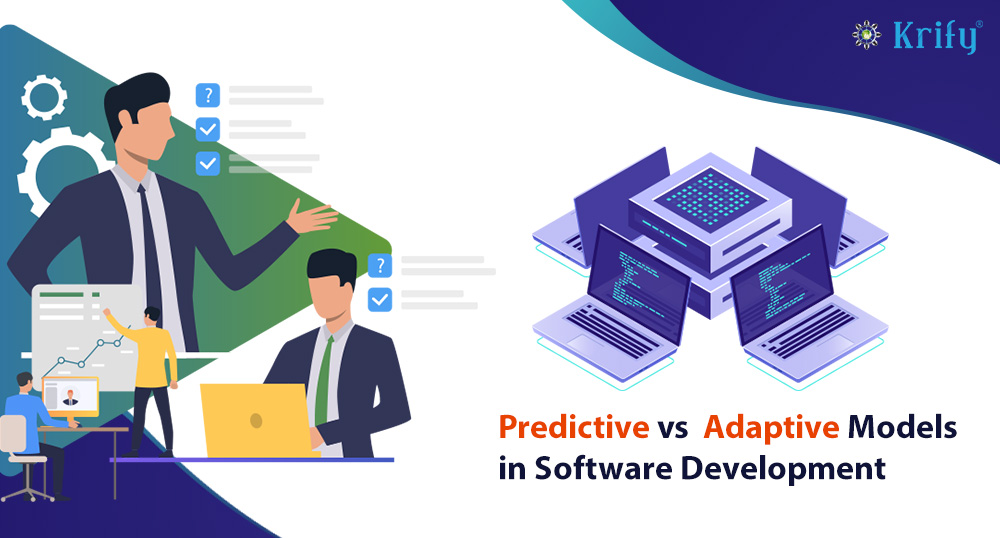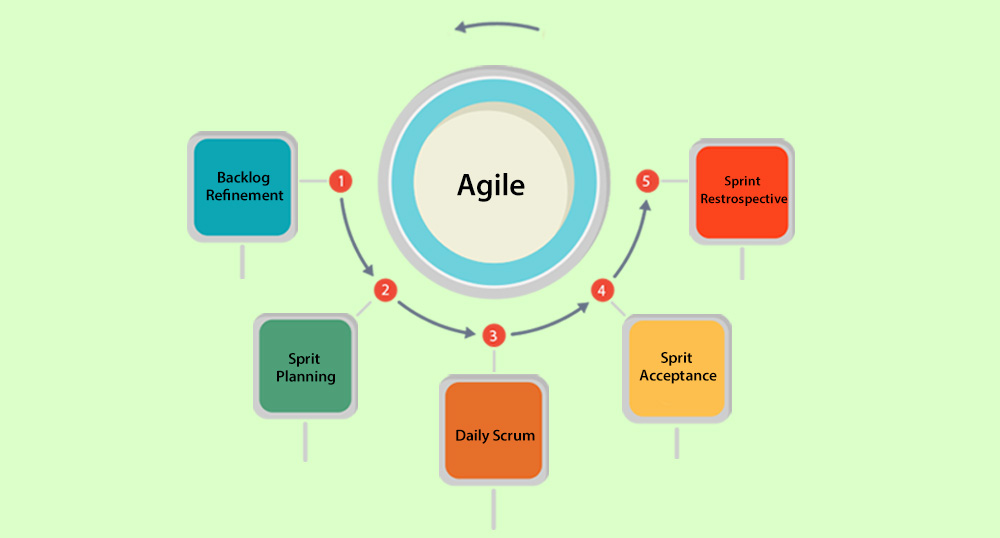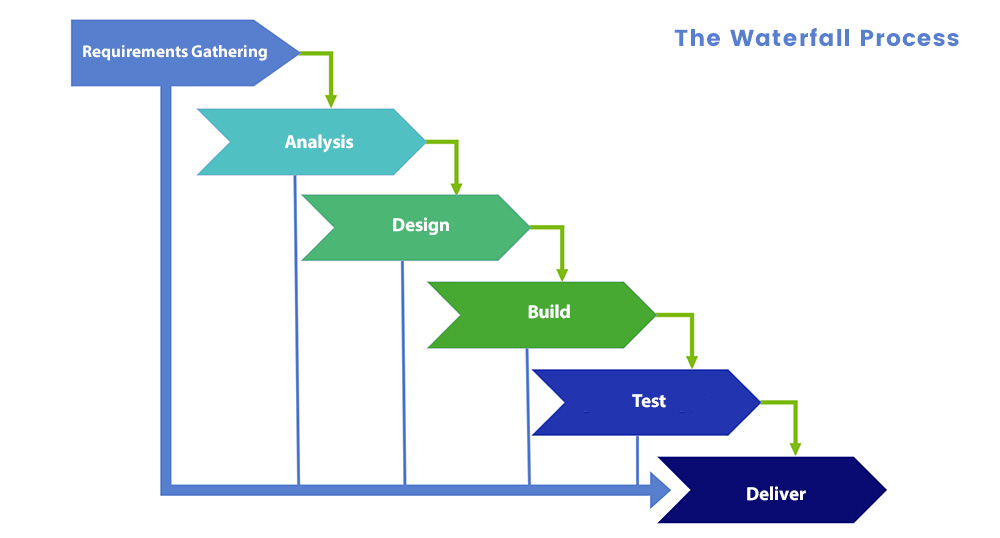In recent years, there has been a step towards adaptive methodologies over more predictive methodologies, notably the Predictive vs Adaptive Model.
Why do project management methodologies are needed?
Project management plays a key role in fulfilling goals by following the plans and expectations. Yet, getting your team organized around a project is often easier by implementing project management methodologies, including the Predictive vs Adaptive Model, which help you handle your project into a structured, streamlined process. Using an agile method such as Scrum, we can have team collaboration more effective, and projects can be better managed. One thing to remember is that not every project management methodology will work for every type of project. To know which software development method will work best for your project, you need to be familiar with these common project methodologies, including the Predictive vs Adaptive Model, and their differences.
What is Agile methodology?
An agile software development methodology is the best one which shuns a linear, steady approach in favour of an incremental, iterative one. Rather than great planning and design, Agile methodologies support for changing requirements over time by using cross-functional teams including planners, designers, developers and testers which works on progressive repetitions of the product over fixed time periods. The work is managed into a backlog that is given prioritised based on business value.
Advantages of Agile methods
- It is highly transparent
- It gives chances for continuous improvement for live systems.
- Using this agile methodology there will be a closer collaboration between developers and the business
- Modifications to the requirements can be included in the process at any point even late in development.
- Software working will be delivered much more quickly and successive iterations can be delivered frequently at a constant pace.
Disadvantages of agile methods
- It is very difficult to understand than linear and sequential.
- When this methodology was implemented badly agile can introduce extra inefficiencies in large companies.
- Due to prioritizing working software, some may opine that neglecting documentation is acceptable at times. The focus should be on the appropriated documentation that need but if not implemented well, which will not be the case always.
What is the Waterfall method?
The Waterfall method there is a sequence in each phase of a product life cycle. So that process flows firmly downwards through these phases like a waterfall. Enterprise software developers adopt the waterfall method, making it costly or impractical to make changes after completing production phases. The waterfall as only codified when people subsequently realised that it was not the only way of doing things. In waterfall methodology, teams complete all requirement gathering and design work before initiating any coding.
In general, these approaches have steps that deal with what you need to do before a project, during a start-up phase, a planning phase, an execution phase and a closing phase. Even they have a series of processes for managing work packages, exceptions, reporting, risks and issues.
Advantages of the Waterfall Method
- During the design phase, developers research and solve potential issues, selecting alternate solutions before writing any code.
- There should be a better document at the time of the development process as this places greater emphasis on documentation like requirements and design docs.
- It is easier to understand for anyone or for those who are new to software development.
Disadvantages of Waterfall method
- This way of working does not handle well as the people building software don’t know exactly what they require front and also what is possible with the technology available.
- The solution designers are not capable of foreseeing problems that arise out of the implementation of their design.
- Modification to requirement cannot be easily included by using the waterfall method. When it happens there are often laborious change control procedures to go.
- The process doesn’t have its own momentum.
Comparison between Adaptive model and Predictive model
| Parameters | Predictive | Adaptive |
| Phases | Overlapping and sequential | Parallel, sequential and overlapping |
| High-level planning | Yes | Yes |
| High-level scope | Yes | Yes |
| Detailed Planning | At the starting stage of the project. | Only of iteration |
| When to use | It is used only when the product is understood appropriately. | Teams use it in rapidly changing environments when they lack appropriate understanding of the project. |
| Involvement of customer | While changing the scope and in beginning | Continuous |
Choose the right project management Strategy
These days, the most famous solutions for project management deployment are predictive and adaptive approaches. In project management, stakeholders know Agile as the adaptive method and the waterfall method as predictive. Both of these methodologies have their own pros and cons. For small projects, stakeholders consider the predictive method, while they consider the adaptive method for both small and large projects. The agile methodology is faster than the waterfall method as the timeline is looser and there is more room for change. Moreover, it is also bets for fast projects, as the longer projects will be more susceptible to scope creep. With an agile method, it is possible that the final product may not look anything like the initial concept. This makes the agile methodology ideal for projects that are more innovative.
On the other hand, the waterfall model or predictive method tends to work best for projects with very strict, sustained standards. When compared to the agile method, the waterfall method is far concerned with sustaining the specifications of the final deliverable product. Though there will not be a lot of flexibility in development. The waterfall model executes projects effectively and efficiently when simplicity is a requirement.
The project management team will be fond of using both the approaches which vastly enhance their ability to produce the projects as per the client requirements and also the companies timeframe. Despite working with a single approach will consistently improve the project manager’s ability, but it may not improve the end product. only in some situations, one approach will rarely one.
To get detailed information about the predictive model and the adaptive model, you can hire our Krify team services. Our team experts will help you in completing your assignments with 100% original and top quality. Contact us for more any help on your project development.







